Photography can be transformative for young photographers, heightening their awareness and creativity, getting them to slow down and see the world, the real world not a virtual one, around them.
‘Africa in Focus’, our fifth annual international photo competition, is in full swing, and for the first time ever, we’ve created a junior photographer category for ages 18 and under. Reaching out to young photographers is particularly meaningful given the beneficiary of this year’s competition: Children in the Wilderness, our partner organisation doing amazing work in training African youth in leadership skills and conservation education.
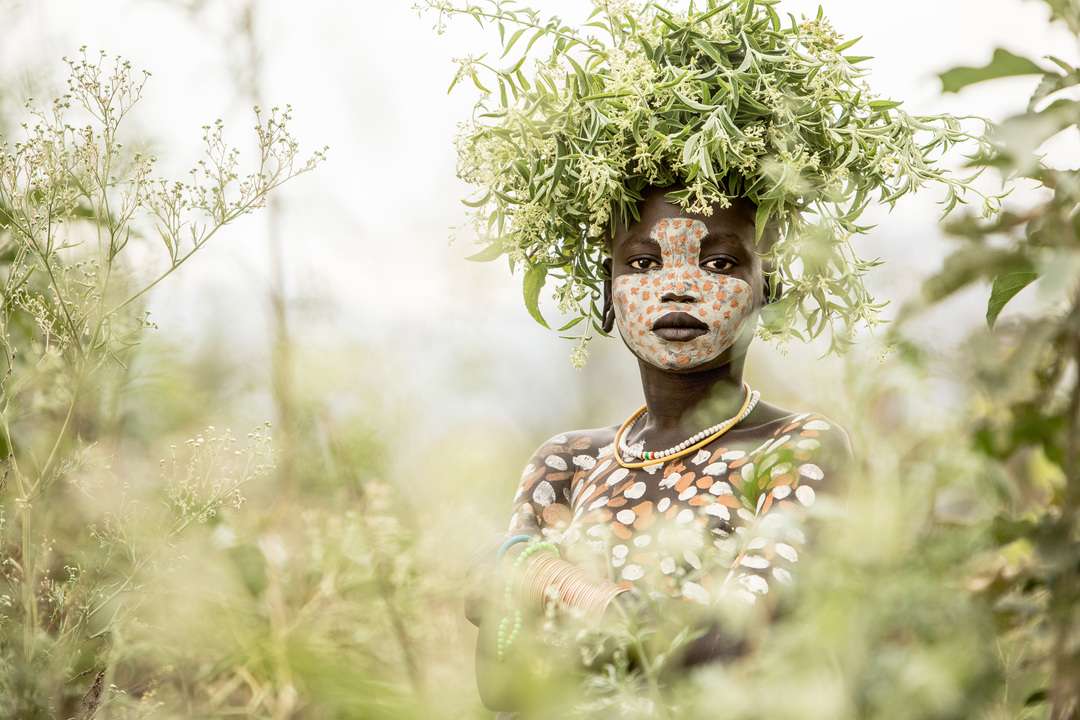
We’ve received some spectacular entries since the competition opened on 1 September. Have a look here at the latest crop of photographs celebrating Africa’s magic across four categories: African Wildlife; African Landscapes; Conserving Africa’s Wilderness; People/Cultures & Communities of Africa. Photos taken anywhere in Africa are eligible.
More than USD80 000 in prizes is up for grabs, including safaris to our luxurious camps. For the first time, we have the privilege of hosting an all-female judging panel, to support girls and women in a field that has been traditionally male-dominated.
With this new junior photographer category, we’re hoping to spread youths’ connection to the natural world. Leaving the electronic world behind to be still, unplugged, observing, listening, seeing. This ‘attuning’ can start in their own back yards, and be transported anywhere.
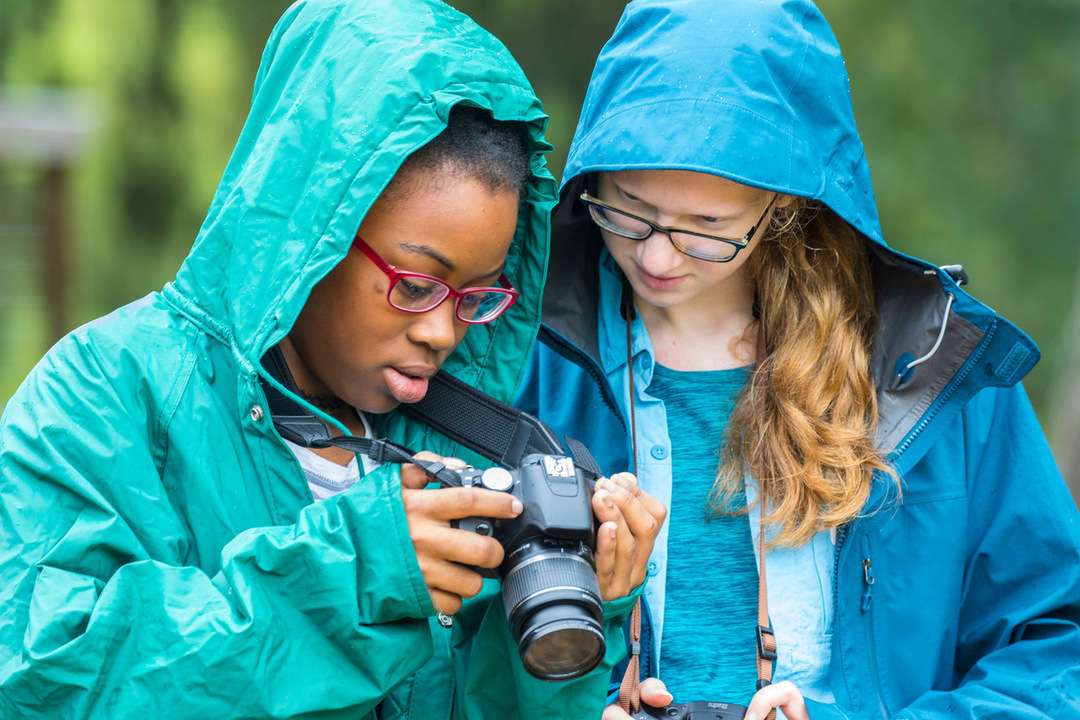
‘Photography opens a child’s eyes’, says National Geographic wildlife photographer Suzi Eszterhas, one of this year’s competition’s judges. ‘By constantly noticing the beauty in the world through their photographs every single day, it opens that door to a secret world that we don’t notice when we tune things out’.
Eszterhas suggests some ground rules for young shutterbugs, particularly for would-be wildlife/nature photographers.
- Don’t get too close to your wild subjects, especially babies; your presence might keep their mothers away.
- If an animal stops what it’s doing as you approach, it’s probably alarmed.
- Patience is key: ‘We can’t make animals or insects do things, so you need the patience to let things happen around you and wait for it’.
- Sit quietly and see what happens – creatures might come to you.
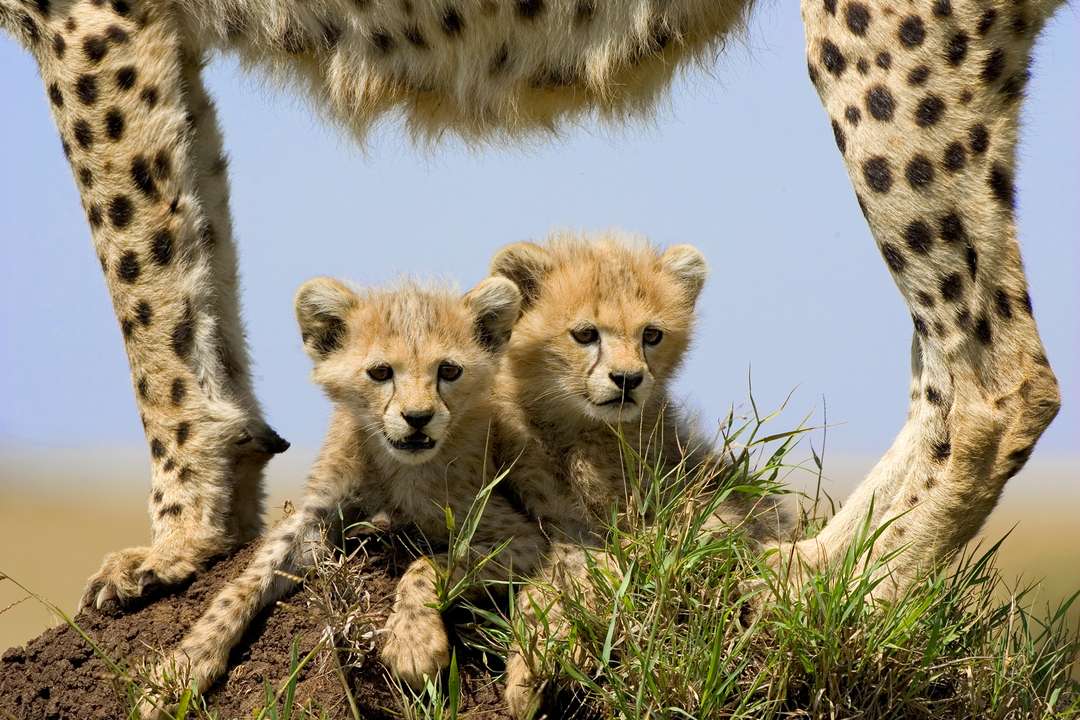
National Geographic Explorer Sandesh Kadur, who’s photographed everything from elephants to king cobras, echoes Suzi’s advice about learning to observe.
‘I’m like a spy in the jungle’, he says. ‘I don’t want the animals to know I’m there. But by being an observer you uncover layer upon layer of intricate detail in the lives of different species’.
Both Suzi and Sandesh have lots of useful tips for budding wildlife photographers:
- Keep a journal to record animal activity so you can figure out the best times to get certain shots.
- Get a little closer to your subject each day, gradually becoming a non-threatening part of the scenery.
- Get the light right, one of photography’s essentials; try to capture animal activity but in good light.
- Think like an animal, and get their perspective – for instance, lie on the ground to photograph birds and smaller creatures eye-to-eye.
- Look for creative angles: e.g. lying on your back shooting up a tree, or actually climbing a tree to get closer.
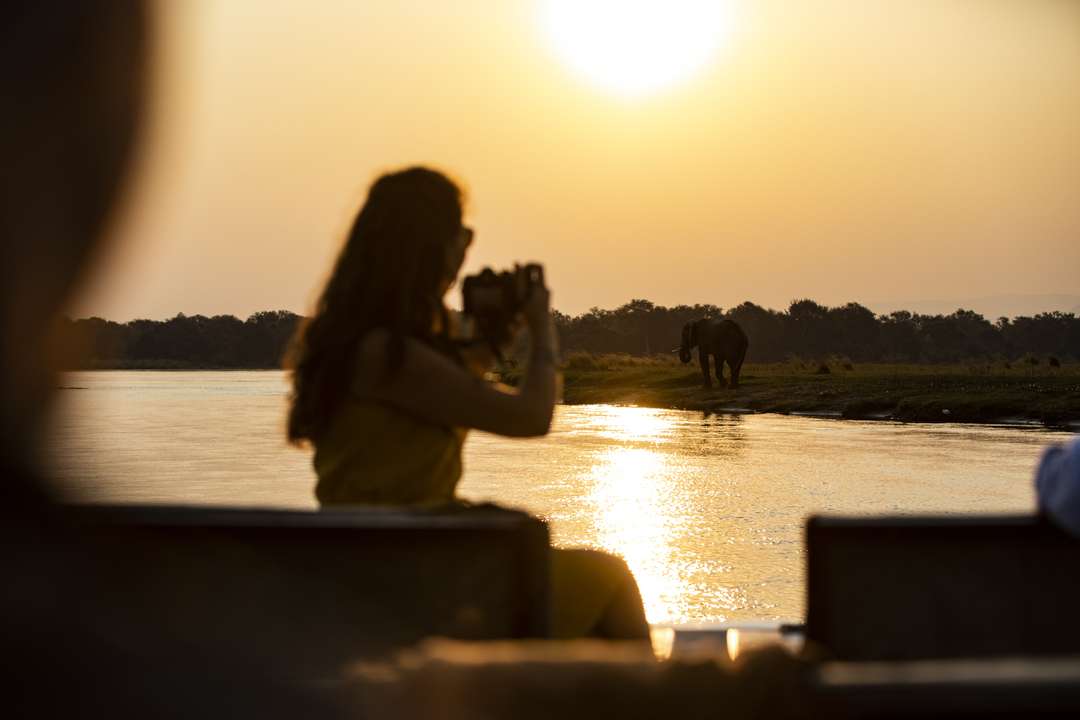
- Watch for the action shots – easier if you know more about that species’ behaviour. ‘Action’ doesn’t always need to be as dramatic as a lion taking down an impala; it can happen on a spider’s web, or a flower.
- Fix your focus; if you’re using a smartphone, it will focus automatically so you’ll probably miss a close-up of a moving insect. Pre-focus for small targets: point your camera or phone at the palm of your hand, which will focus on your palm’s wrinkles. Then, at least for many smartphones, hold your finger on the screen after focusing until the letters AF/AE (for auto-focus and -exposure) pop up, then release your finger, which locks the focus so you can catch your micro-subjects without having to refocus.
- Camouflage yourself in your surroundings, hiding in the bush and not wearing bright clothing.
- Turn your photos into a zoological/conservation database, possibly adding your own images to digital databases to increase scientific understanding of a species. Who knows – you may discover a new one!
For younger kids suffering from nature deficit and electronic overload, these activities should engage them:
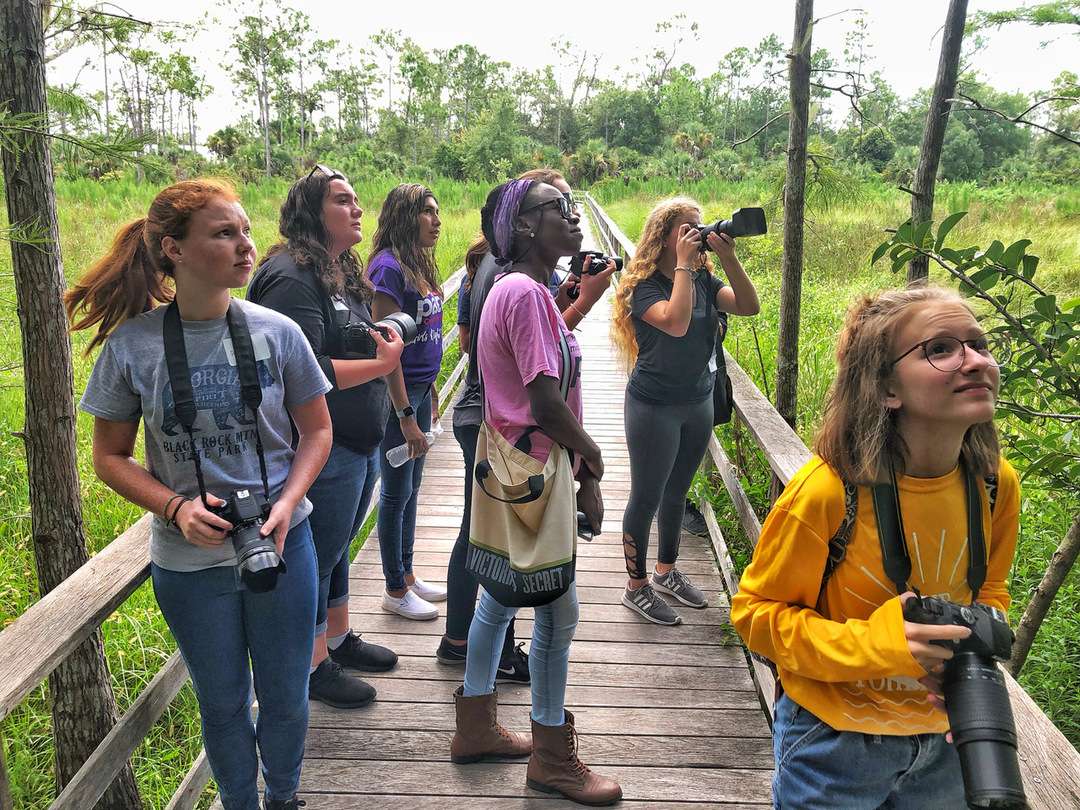
1. Photo Scavenger Hunt: Spend a few hours at a park, beach, or an even wilder area, giving kids a list of specific items to photograph in the natural world: a specific colour or kind of bird; something a bird would eat; a nest, and so on. Prizes may be given for getting pics of everything.
2. 20 Steps: Walking with your child, ask them to stop every 20 or so steps and without moving, take pictures of whatever nature-related subjects they see, from different angles – looking up, down, sideways, and so on and taking a variety of images from one spot.
3. Nature Map: Exploring your yard or neighbourhood, ask kids to take at least ten photos of natural elements, birds, flora or fauna. On a large sheet of paper, ask them to a draw a map of the area they just photographed, and then attach their photographs to the map according to where the photo was taken. They can hang the map in their room, and keep adding photos.
4. Landscape Challenge: On a vacation or road trip, ask your kids to photograph different landscapes and to imagine which animals use them as their habitats. Once home, print the photos and have your kids draw animals on them with a marker, as they imagined.
5. Book of Seasons: Ask kids to photograph their yard or neighbourhood, focusing on plants and natural areas, throughout the seasons – in the same spots throughout the year. Print all the images and put in a photo album, comparing the differences between seasons. Their photographs could become a family calendar.
6. Cyanotype: Kids can create art from nature by making a cyanotype, a photography printing process that’s been around since the 1800s. Basically, it allows you to print an object’s shadow onto a piece of paper, and to experiment with different shapes using natural elements. Watch this video for what you need and how it works: https://www.thephoblographer.com/2017/08/31/easy-cyanotype-prints-tutorial/
Source: https://www.audubon.org/magazine/fall-2020/challenge-your-kids-these-six-nature-photography
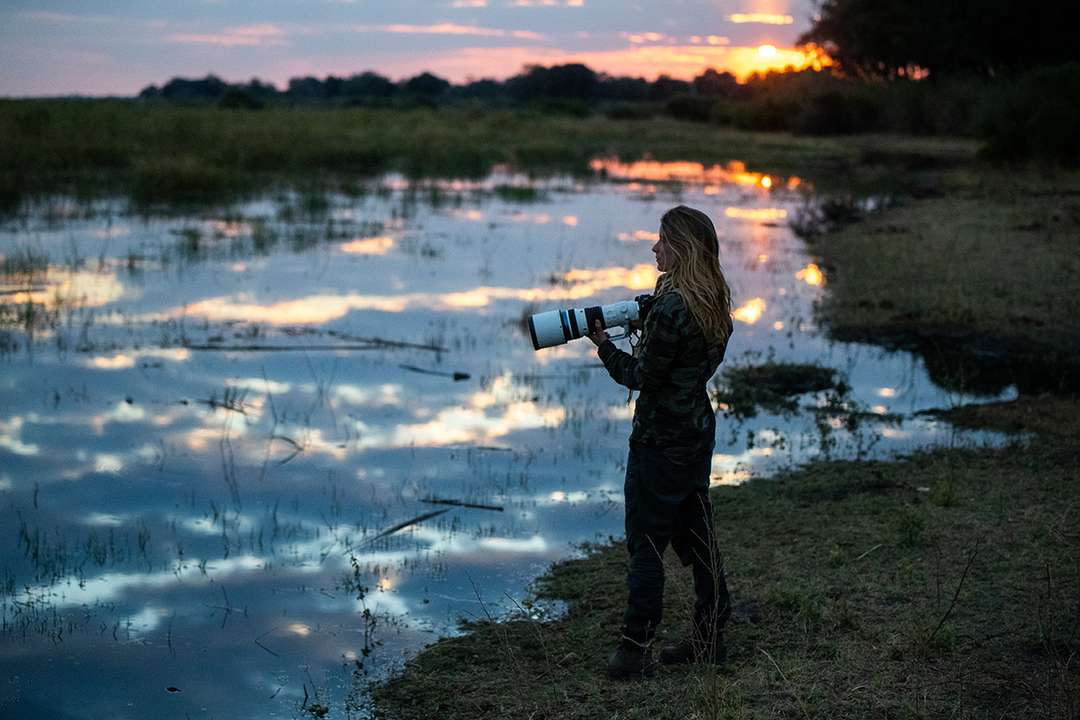
As many researchers have indicated, time spent in nature is beneficial for all of us, and particularly healthy for childhood development: it improves concentration; assists with treatment of ADHD, depression, and other mental illnesses; and improves mood, co-ordination, and agility.
Time spent in nature with a camera can enhance that experience, sharpening young people’s perspectives and giving them a sense of purpose: the knowledge that their images can help educate people and further protect the Earth and its creatures.
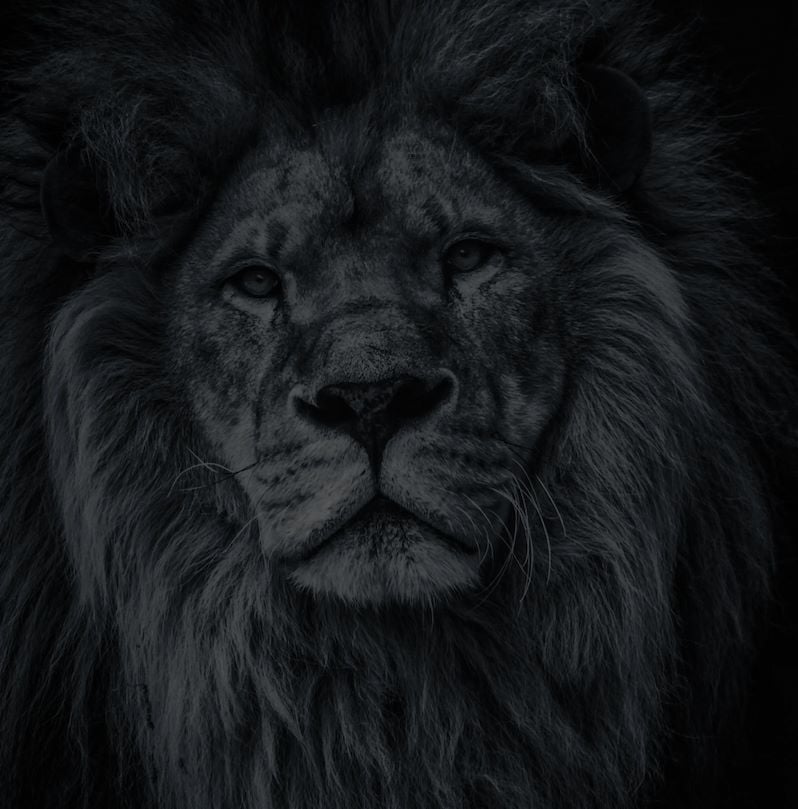
Let’s plan your next journey
Ready?
When we say we’re there every step of the way, we mean it, literally. From planning the perfect circuit, to private inter-camp transfers on Wilderness Air, and easing you through Customs. We’re with you on the ground, at your side, 24-7, from start to finish. Ready to take the road less travelled? Contact our Travel Designers to plan an unforgettable journey.